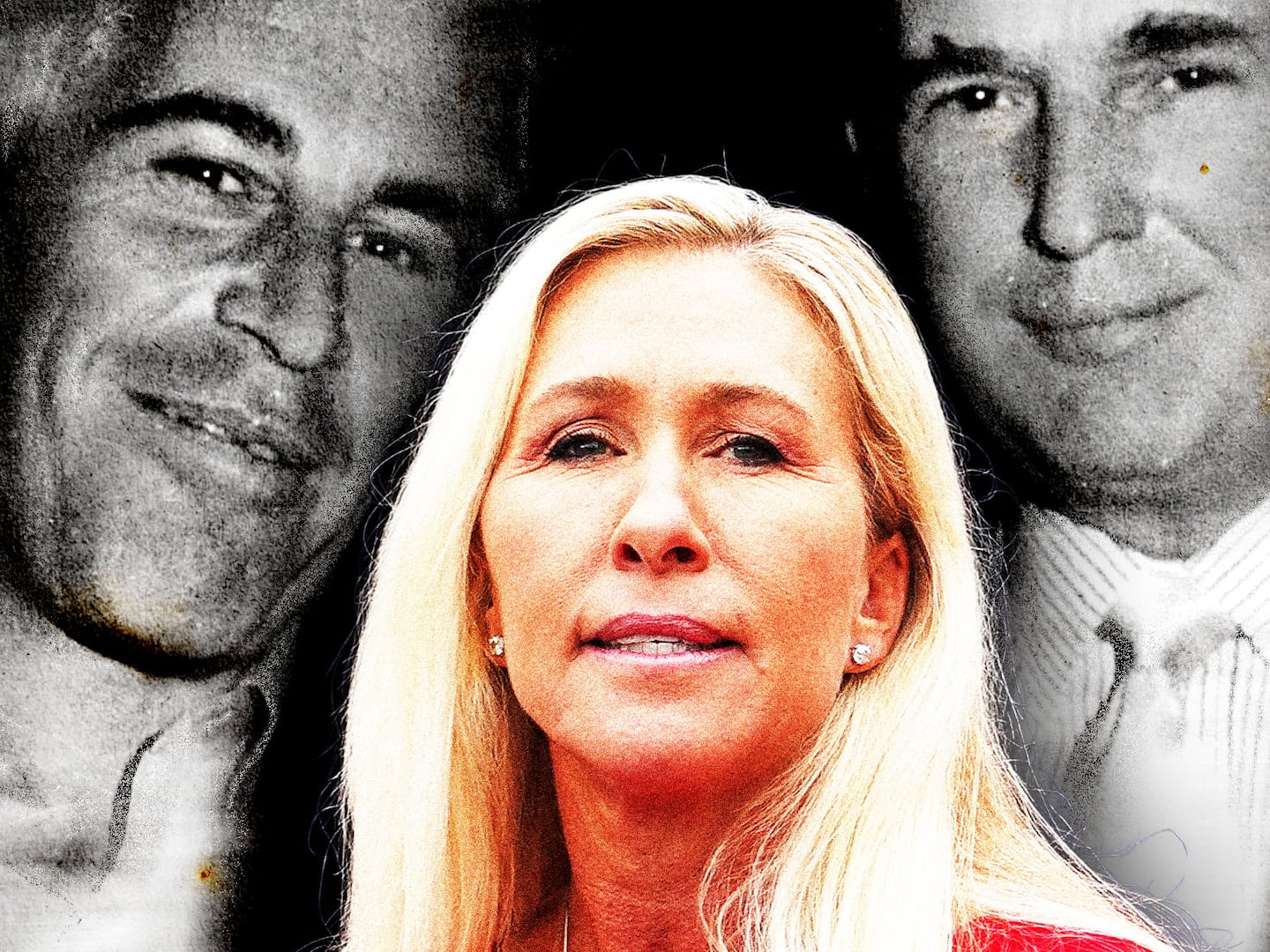
As far as each individual proposal goes, it is hard to argue with the long-awaited Wall Street regulatory-overhaul plan that President Barack Obama and his two economic gurus, Larry Summers and Timothy Geithner, unveiled Wednesday after months of study, conversations, and roundtable discussions.
Who could be against requiring higher capital requirements for big banks? Who could find fault with seeking to formally and thoroughly regulate the weapons of mass destruction known as credit-default swaps, derivatives, and some of the crazier asset-backed securities? We’re all for giving the Fed the supreme power it needs to disassemble a troubled monster bank before it goes haywire and tries to devour the entire treasure of the American people. A Consumer Financial Protection Agency? Why not? Americans should be protected from their own short-sightedness and the greed of predatory credit-card and disreputable mortgage companies. “We thought we would fight the wars of necessity, not of choice,” an Obama administration official told Politico yesterday. “The big idea is to fix the problems that originated this crisis—to really go after what was at the core of this problem, which was gaps in regulations, and an approach that was purely focused on different kinds of institutions, without anyone looking at the system as a whole.”
A real, lasting fix will come only when the top 100 or so highest-paid executives at each of these firms—regardless of whether they remain TARPed or TARP-free—have some serious skin in the game, along the lines of their entire net worth.
But until Obama & Co. get to the heart of what caused this and many of the other financial crises that have threatened our livelihood during the past 40 years—namely, a compensation system on Wall Street that rewards taking big risks with shareholders' money in order to get big rewards for bankers and traders, free of all accountability—then the “problems that originated this crisis” will not be fixed at all. Rather, we will all just be biding our time until the next bubble is inflated and bursts anew.
There is little debate about why the leading players these days on what used to be known as Wall Street—Goldman Sachs, JPMorgan and Morgan Stanley—returned the billions of dollars in capital that Henry Paulson, the former Treasury secretary, force-fed them last October: They wanted to be free of the pesky government oversight that threatened to upset their beloved way of doing business. At the core of their concern was how and what they could pay their people—the lifeblood of the Wall Street circulatory system. During the past year or so, Congress and the Executive Branch have left little doubt in the minds of Wall Street executives that they would love nothing more than to limit the compensation paid to bankers, traders, and executives and that they would be happy to do that very thing if Wall Street failed to take the lead in compensation reform.
To some degree, Morgan Stanley read the political tea leaves wisely, and instituted a program to increase salaries and reduce bonuses as a way to limit misplaced incentives. The firm also reserved the right to claw back any bonus paid to an employee during a three-year period, if that employee caused outsized losses at the firm or caused the firm reputation damage. Morgan Stanley’s program is to be applauded as far as it goes. So far, there is no indication from either Goldman Sachs or JPMorganChase of how their compensation systems will be altered from the ones that got us into this mess.
True and lasting reform on Wall Street can come only with true and lasting reform of the decades-old compensation system that has been moving away from the general partnerships of yore ever since Donaldson, Lufkin & Jenrette went public in 1970. Once upon a time, the general partners of Wall Street firms—the ones making the decisions about what the firm’s business lines would be and how their capital would be deployed—had their entire net worths on the line, year-in and year-out. Partners shared profits and losses ratably depending upon their partnership stakes in the firm itself. To be sure, this was not a foolproof method of governance. Wall Street firms—mostly undercapitalized—went in and out of business all the time, since the founding of the system under a buttonwood tree in Lower Manhattan some 200 years ago.
But, for all its flaws, the general partnership system never came close to causing the financial mess we now face, or the ones caused by the Crash of 1987, the credit crunch that followed, the Asian Crisis, Long-Term Capital Management, the Internet bubble and the emerging-telecom debt crisis. A real, lasting fix will come only when the top 100 or so highest-paid executives at each of these firms—regardless of whether they remain TARPed or TARP-free—have some serious skin in the game, along the lines of their entire net worth for a period of, say, 10 years, or as long as they have a meaningful leadership role at their firms. To accomplish this important alignment of their interests with their shareholders, a new strip of the capital structure can be devised that will represent the collective net worth of these individuals, much as what used to happen in the private partnerships.
The threat of losing everything year after year of all they have built up will insure that the decisions they make will not benefit them at the expense of their shareholders. Separate and apart from the new regulatory proposals that Obama will be outlining this morning, the president has appointed Kenneth Feinberg as his new compensation czar. Ken, this idea is for you.
William D. Cohan, a former senior-level M&A banker on Wall Street, is the author of The Last Tycoons: The Secret History of Lazard Freres & Co, and his new bestseller House of Cards: A Tale of Hubris and Wretched Excess on Wall Street.






